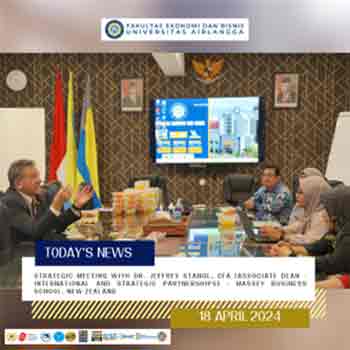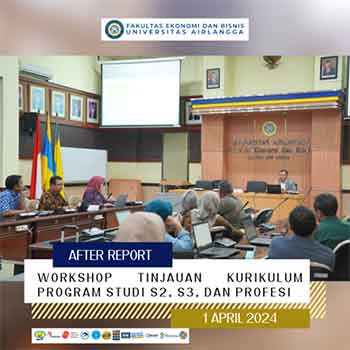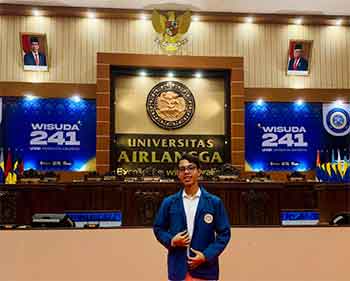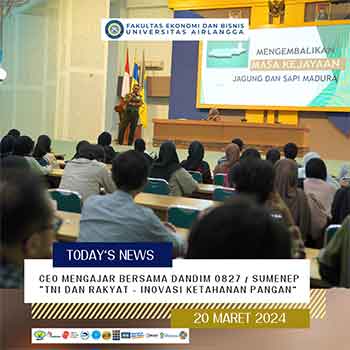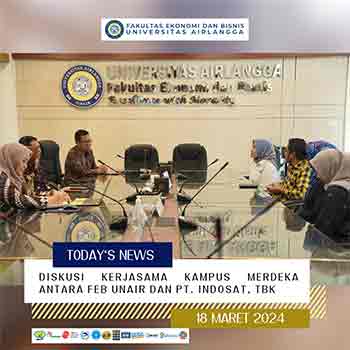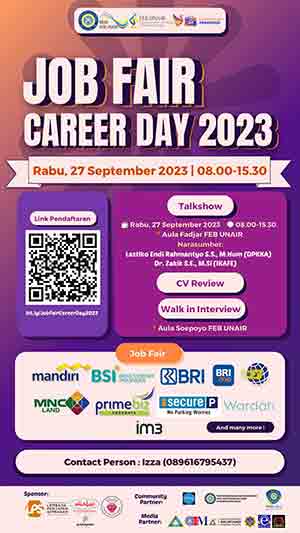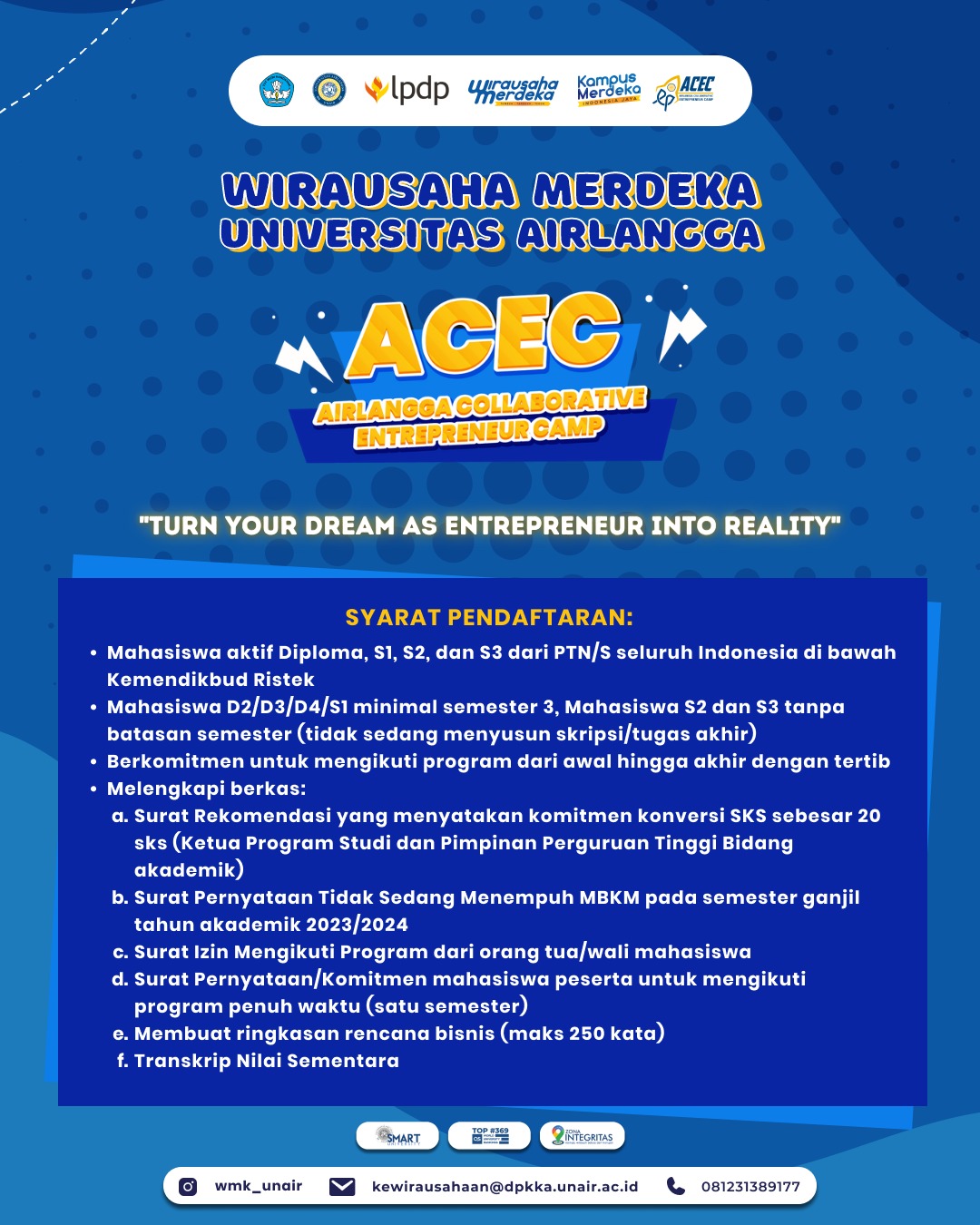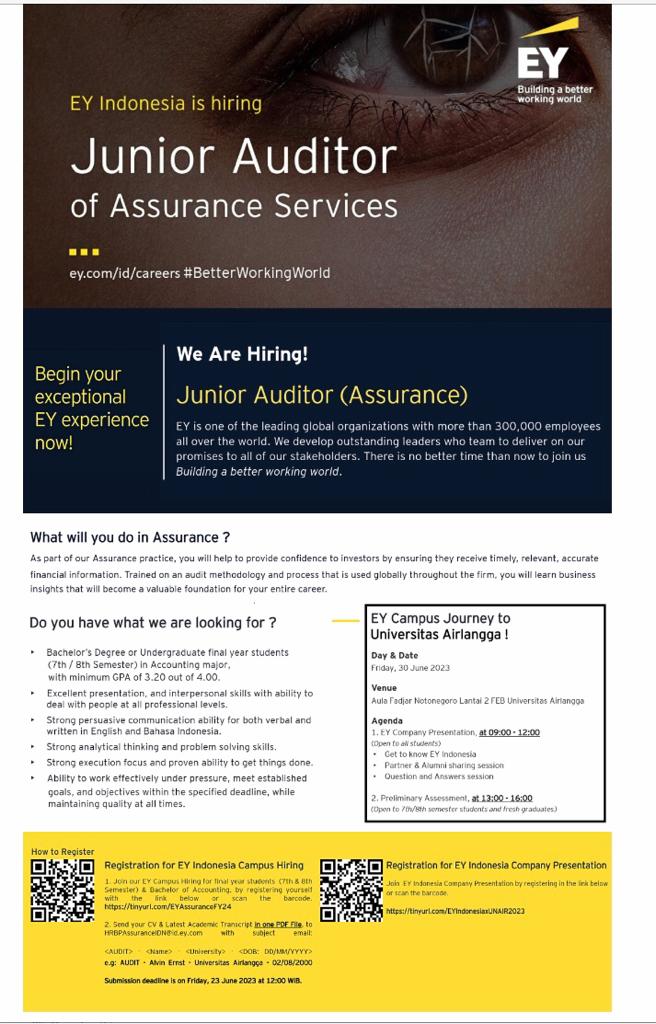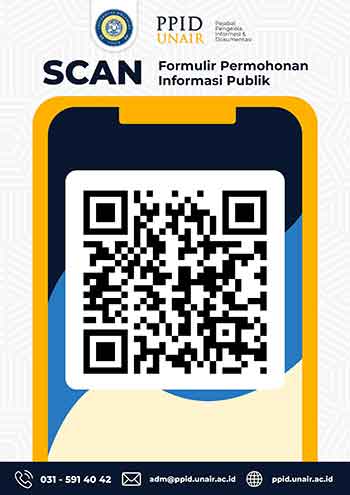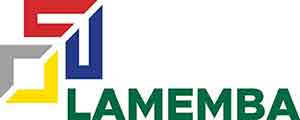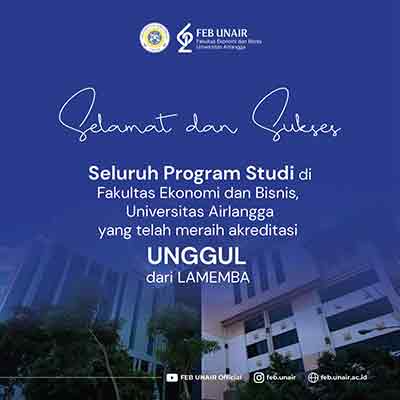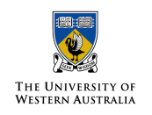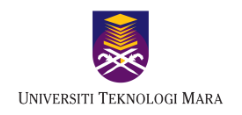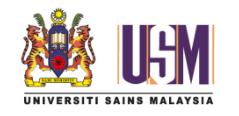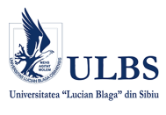THE EFFECT OF EDUCATION AND TRAINING AND WORK MOTIVATION OF OFFICERS ON PUBLIC SERVICES IN PUBLIC HEALTH CENTERS IN ROKAN HILIR REGENCY, RIAU PROVINCE
Amount: THE EFFECT OF EDUCATION AND TRAINING AND WORK MOTIVATION OF OFFICERS ON PUBLIC SERVICES IN PUBLIC HEALTH CENTERS IN ROKAN HILIR REGENCY, RIAU PROVINCE
Authors: INDRA PUTRAYANA
Item Type: Thesis
Memberships: Master of Management Study Program, Faculty of Economics and Business Universitas Airlangga Surabaya, Indonesia
Publisher: Airlangga University
Abstract
Human resource development is an effective way for organizations to improve their services. In this regard, several opinions have been suggested that human resources in organizations are a source of sustainable competitive advantage. In order to improve the ability of employees to produce productivity effectively and efficiently, it is necessary to increase education and provide training. So that by increasing the ability of employees, it is expected that employee productivity can be increased optimally which in the end will greatly assist the organization in achieving its goals in accordance with the vision and mission of the organization. Organizational policies must be able to motivate each member and group so that they can make a full contribution to the organization. In addition, each member of the organization is expected to be fully responsible for the tasks and functions that have been delegated to him. A good organization must always make improvements to the quality of continuous output. Puskesmas as an organization that produces output in the form of services (services) must also always improve the quality of its services to the public effectively. Good service will place the Puskesmas in a positive image in the community. And this of course will be the strength of the Puskesmas to win the fierce competition. Based on observations both directly in the field and based on secondary data, it can be seen that in the period 2002-2004, the performance of Community Health Centers (PUSKESMAS) in Rokan Hilir Regency did not show any improvement. In fact, in general it can be concluded that the quality of service at the Community Health Center in Rokan Hilir Regency is very far below the standard of good service quality. There are many complaints from the public who are dissatisfied with the service, such as slow service, carelessness of the apparatus, and unprofessional service. The low quality of service is caused by educational and training backgrounds that are still not in accordance with the qualifications of reliable and competent human resources. This is added by the work motivation of the officers who have not fully supported the implementation of their duties or have not carried out their service functions properly. This causes the prospect of public services to tend to be ineffective and inefficient which further has an impact on the implementation of good work. This study aims to analyze the effect of education and training as well as work motivation of officers on the effectiveness of public services at the Community Health Center (Puskesmas) in Rokan Hilir Regency, Riau Province. This research was conducted for three months (1 October 2005 - 31 December 2005). The population in this study were all structural officers in 10 (ten) Community Health Centers (PUSKESMAS) in Rokan Hilir Regency, Riau Province in 2005. Because the population in this study is relatively small, the sample used in this study is long with a total population of 40 respondents. The instrument used in this study was a questionnaire. After the data needed in the study were collected, then an analysis of the validity and reliability of the data was carried out. Invalid and unreliable data were removed from the analysis, while valid and reliable data were used for further analysis. Prior to testing the hypothesis, a classical test was carried out to avoid data bias. The classical test used is multicollinearity, heteroscedasticity and normality tests. Then a hypothesis test was conducted to answer the research hypothesis. From the results of statistical tests using SPSS 13 software, the following results were obtained: The results of testing the validity and reliability of the questions showed that in the DIKLAT variable, all questions were valid and reliable. This means that all questions on the DIKLAT variable can be used as proxies to measure the DIKLAT variable. The results of testing the validity and reliability of the questions on the MOTIVATION variable indicate that question item no. 3 is invalid, so this question item cannot be used for hypothesis testing (must be excluded), while the other question items are valid and reliable. And the results of testing the validity and reliability of the questions on the SERVICE variable, indicate that the questions no. 6, 7, and 8 are invalid and reliable, so these questions must be excluded from the SERVICE variable, while the other SERVICE variable questions are valid and reliable. The results of the classical test show that the regression model that is formed is free from multicollinearity. This can be seen from the VIF value, which is 1,019 (smaller than 10). And the regression model is free from heteroscedasticity, this can be seen from the spread of sample points on the graph of the analysis results (does not form certain patterns). The results of the normality test indicate that the data used in this study tend to be abnormal. The results of the F test indicate that this research model is feasible to use because the significance is 0.000 (sig <0,05). This means that the TRAINING and MOTIVATION variables together have a significant effect on the SERVICE variable. So it can be concluded that alternative hypothesis 1 (one) is accepted (H1 is accepted). The results of the t-test indicate that the MOTIVATION variable has a more significant effect than the DIKLAT variable. This can be seen in its significance value which is smaller than the DIKLAT variable (0.000 > 0.028). This means that alternative hypothesis two is accepted (H2 is accepted). It can also be seen from the regression coefficient of the MOTIVATION variable which has a greater value than the DIKLAT variable. This means that the MOTIVATION variable has a more significant effect than the DIKLAT variable (0,871 > 0,604). The results of the calculation of R2 (R Square) show a value of 0,389.
Keywords: Community Health Center; TRAINING; MOTIVATION; SERVICE
sources: http://repository.unair.ac.id/36374/






